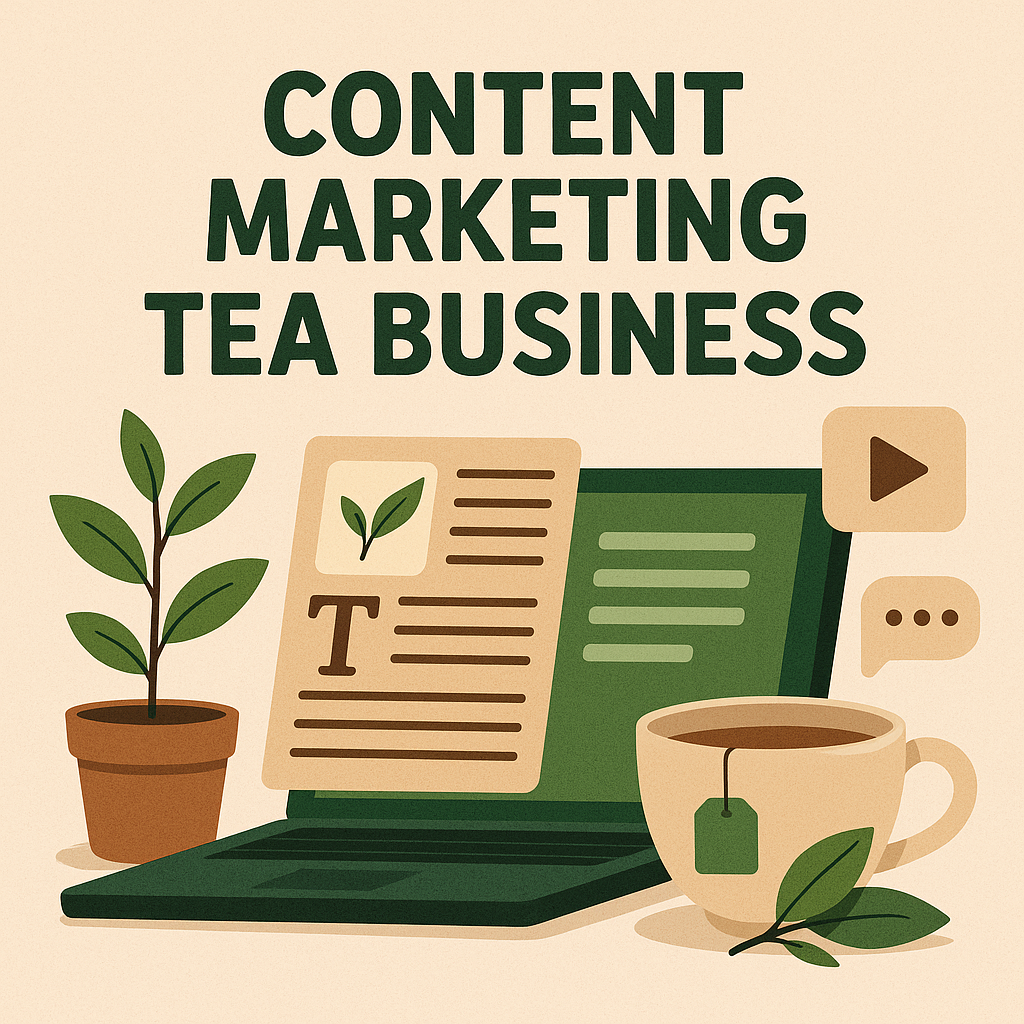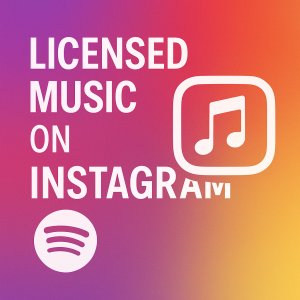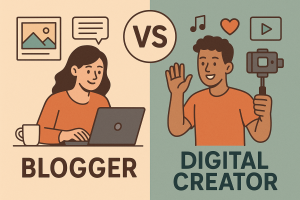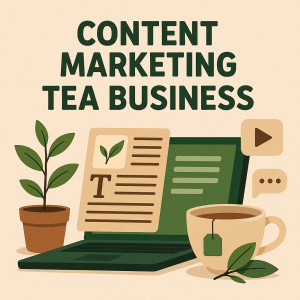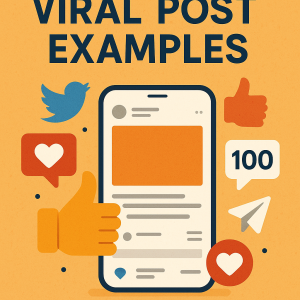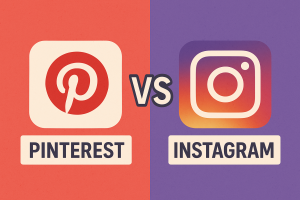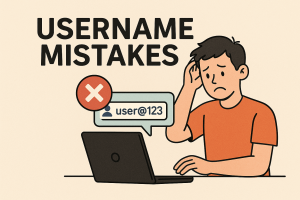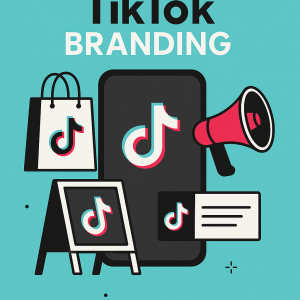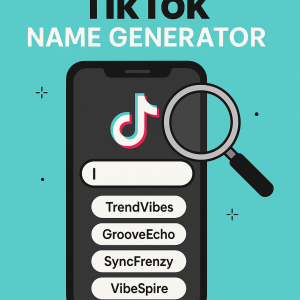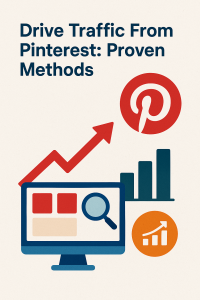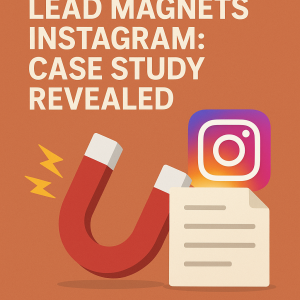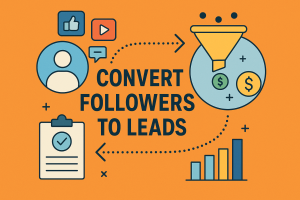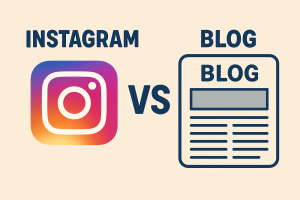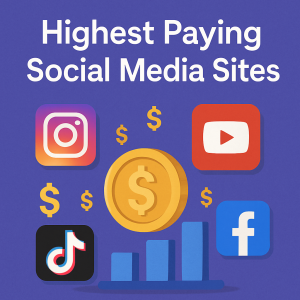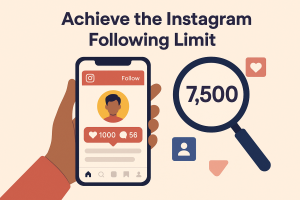In today’s competitive market, standing out requires more than just a great product. For tea brands, connecting with customers means crafting stories that resonate. Strategic digital storytelling builds trust, educates audiences, and turns casual sippers into loyal fans.
Social media platforms are game-changers for reaching tea enthusiasts. Vibrant photos of steaming mugs, short videos showing brewing techniques, or behind-the-scenes glimpses of sourcing ingredients can spark curiosity. These visuals don’t just attract attention—they create emotional connections.
Educating customers is equally vital. Share the origins of herbal blends, explain health benefits, or demystify brewing methods. When people learn through your posts, they’re more likely to view your brand as an authority. This credibility drives long-term loyalty.
A systematic approach ensures your efforts pay off. Optimizing blogs and social posts for search engines helps new customers find you. Pair this with user-generated content, like customer reviews or unboxing videos, to amplify authenticity.
The digital age rewards brands that adapt. By blending creativity with data-driven strategies, tea companies can brew lasting success—one engaging post at a time.
Key Takeaways
- Use visual storytelling to highlight your products and connect emotionally.
- Educate customers about tea varieties and preparation to build trust.
- Leverage social platforms to showcase your brand’s personality.
- Optimize content for search engines to improve visibility.
- Encourage user-generated content for authentic engagement.
Understanding the Tea Business Landscape
Navigating the ever-shifting world of specialty beverages demands sharp insights. Companies thrive by pinpointing who their buyers are and what makes them tick. Three groups dominate preferences: convenience-focused teabag users, quality-driven loose-leaf enthusiasts, and on-the-go ready-to-drink fans.
Who’s Sipping What?
Young adults often grab bottled options during commutes, while older demographics savor loose-leaf rituals. Surveys reveal 68% of millennials prioritize organic ingredients. Tools like Google Analytics help track these patterns, letting brands craft messages that click.
Emerging Opportunities
Premium blends now drive 40% of industry growth. Limited-edition flavors—think turmeric chai or blueberry lavender—create buzz. Republic of Tea boosted sales by 22% after launching small-batch herbal infusions. Social platforms amplify these stories, turning casual buyers into loyal followers.
Niche markets also flourish. Matcha devotees and CBD-infusion seekers crave tailored experiences. Tazo’s recent campaign highlighting rare oolong varieties saw engagement triple. Listening through Instagram polls or email surveys keeps strategies fresh.
“Success lies in balancing tradition with innovation—honor the leaf while embracing modern tastes.”
By mapping preferences to offerings, companies stay relevant. Data isn’t just numbers—it’s the compass guiding every brew.
content marketing tea business Fundamentals That Drive Success
Building a memorable brand in the specialty beverage sector hinges on storytelling that converts curiosity into loyalty. Brands that master this blend of education and inspiration see stronger connections—and higher conversions.
The Role of Strategic Storytelling
Authentic narratives shape how audiences perceive your offerings. For instance, a Brooklyn-based company boosted sales by 31% after sharing farmer interviews alongside their loose-leaf blends. These stories humanize products, making them relatable.
Effective strategies focus on solving problems. Tutorials about perfecting cold brews or guides pairing teas with meals position brands as experts. This builds trust, which directly influences purchasing decisions.
Social Media + Email Synergy
Platforms like Instagram spark interest, while emails nurture relationships. One brand grew its subscriber list 40% by offering exclusive brewing tips to social followers. Later campaigns used segmented emails to promote seasonal blends, driving repeat orders.
- Sync social polls with email surveys to gather preferences
- Repurpose user-generated photos in newsletters
- Use limited-time offers across both channels
“Our matcha launch went viral because we teased it on TikTok first, then sent recipes via email.” — Founder, GreenSprout Teas
Data shows brands combining these tactics see 2x longer customer lifespans. The key? Consistent messaging that feels personal, not promotional.
Creating High-Quality Tea Content
Stunning visuals transform how audiences perceive your offerings. Professional photography and videos showcase textures, colors, and brewing processes in ways that text alone can’t. Crisp close-ups of loose-leaf blends or steam rising from a cup make products feel tangible—even through screens.
Photography, Video Production, and Visual Storytelling
Investing in quality imagery pays off. Brands using polished photos see 3x higher engagement on social platforms. Slow-motion shots of tea leaves unfurling or time-lapses of sun tea brewing create hypnotic moments that viewers remember.
| Content Type | Engagement Rate | Shares |
|---|---|---|
| DIY Phone Photos | 2.1% | 15% |
| Professional Shots | 6.8% | 42% |
| Short-Form Videos | 9.3% | 61% |
Lighting and angles matter. Golden-hour shots highlight earthy tones in chai, while overhead views perfect for flat lays emphasize packaging details. Pair these with brief captions explaining flavor notes or origin stories.
User-Generated Content and Authentic Engagement
Real customer photos build credibility faster than studio shots. A recent study found 79% of shoppers trust peer reviews over branded posts. Encourage fans to share their moments with creative campaigns:
- “Brew of the Day” contests with hashtags like #MyPerfectCup
- Feature customer unboxing videos in newsletters
- Offer discounts for tagging friends in tea selfies
“Our #SipWithUs campaign generated 1,200+ posts in three weeks—no paid ads needed.”
Repurpose top submissions across email marketing campaigns and product pages. This strategy strengthens community ties while providing fresh material for media marketing channels.
Leveraging Social Media Strategies for Tea Brands
Platforms like Instagram and Pinterest aren’t just apps—they’re bustling marketplaces where communities form around shared passions. For specialty beverage companies, these spaces offer direct access to enthusiasts craving discovery and connection.
Platform-Specific Tactics for Instagram, Facebook, and More
Instagram thrives on eye-catching visuals. Post carousels showing your product in action—steeping, pouring, or paired with snacks. Use Stories to demo brewing hacks or share limited-edition launches. Pro tip: Tag locations near ingredient sources to attract local followers.
Facebook groups foster deeper connections. Host weekly Q&As about loose-leaf varieties or create polls letting members vote on new flavors. Live videos showing behind-the-scenes factory tours boost authenticity. One brand saw 37% more website visits after streaming their blending process.
Pinterest pins drive long-term search traffic. Optimize boards with SEO-friendly descriptions like “Organic Chai Recipes” or “Gift Ideas for Tea Lovers.” Link pins directly to product pages or blog posts explaining health benefits.
Building and Engaging a Loyal Audience
Consistency matters, but so does spontaneity. Surprise followers with flash contests—ask them to share photos of their morning ritual using your blend. Feature top entries in your feed and Stories. This turns customers into collaborators.
“Our #BrewTogether challenge sparked 500+ posts in two weeks. Many participants became repeat buyers.”
Cross-promote with complementary brands. Partner with a honey company for joint giveaways or co-host a virtual tea-tasting event. These collaborations introduce your product to new circles while strengthening community ties.
Finally, track which posts drive clicks to your site. Tools like UTM codes reveal if Pinterest infographics or Instagram Reels boost search rankings. Double down on what works—and watch loyalty steep.
Integrating SEO and Paid Media for Your Tea Business
Blending organic and paid strategies creates a powerhouse for visibility. When search-friendly pages meet targeted ads, brands capture attention at every stage of the buyer’s journey. This dual approach ensures your offerings appear whether customers are casually browsing or actively shopping.
SEO Best Practices for Driving Organic Traffic
Start by optimizing product pages with phrases like “premium loose-leaf” or “organic herbal blends.” Tools like Google Keyword Planner reveal what shoppers search for. One company boosted traffic 55% by adding location-based terms like “handcrafted chai Los Angeles” to their site.
Technical tweaks matter too. Faster load speeds and mobile-friendly designs improve rankings. A tea retailer cut page load time by 2 seconds, jumping three spots in search results. Regular blogs answering common questions—like “How to store matcha?”—also build authority.
Effective PPC and Paid Media Strategies
Paid ads fill gaps where organic efforts take time. Platforms like Google Ads let you bid on high-value keywords during peak seasons. Steeped Tea saw a 30% sales spike by promoting holiday gift sets through targeted campaigns.
Retargeting keeps your brand top-of-mind. Show dynamic ads to visitors who viewed specific products but didn’t buy. Combine this with social media promotions—Facebook ads highlighting customer reviews converted 18% more first-time buyers for a startup.
“We allocate 60% of our budget to SEO and 40% to paid. This balance keeps our website thriving year-round.”
Track performance weekly. Adjust bids, pause underperforming ads, and double down on what works. Tools like SEMrush show which keywords drive conversions, helping refine both paid and organic efforts.
Navigating the Marketing Mix in the Tea Industry
Mastering the blend of strategy and creativity separates thriving brands from the rest. The 7 Ps framework—Product, Price, Place, Promotion, People, Process, and Physical Evidence—helps companies craft experiences that resonate. Let’s explore how this approach drives results.
Applying the 7 Ps to Optimize Your Strategy
Product goes beyond leaves in a bag. Unique blends like hibiscus-ginger or mushroom-infused matcha create excitement. Limited editions spark urgency—one brand sold out in 72 hours after launching a mango-chili black variety.
Pricing shapes perception. Competitive rates attract budget shoppers, while premium options ($25+ tins) signal luxury. A study showed brands using tiered pricing saw 29% higher repeat purchases.
Physical evidence builds trust. Eco-friendly packaging with brewing instructions or QR codes linking to origin videos adds value. One company’s unboxing videos went viral, boosting website traffic by 40%.
“Our ceramic canisters became Instagram stars—customers love reusing them for spices.”
Search engine optimization plays a key role in promotion. Blogs comparing loose-leaf vs. bagged options rank well for terms like “best organic blends.” Pair these with YouTube tutorials demonstrating proper steeping techniques.
Finally, streamline processes. Easy online ordering with subscription options reduces friction. Brands offering one-click reorders retain 63% more customers than those requiring account creation.
Harnessing Digital Tools and Analytics
Data-driven decisions now separate thriving specialty beverage brands from those left brewing in the dust. Platforms like Ocoya simplify tasks—scheduling posts, tracking trends, and revealing what resonates. These tools turn guesswork into actionable insights, helping teams focus on creativity instead of spreadsheets.
Automation boosts efficiency. Apps that batch-create captions or suggest optimal posting times free up hours each week. One herbal blend company cut their workflow by 40% using these features, redirecting energy toward recipe development. Real-time dashboards show which campaigns drive website visits or social shares, letting you pivot fast.
- Track engagement rates to identify top-performing formats (Reels vs. carousels)
- Monitor conversion paths to see where shoppers drop off
- Compare seasonal spikes in traffic to plan inventory
Metrics tell stories. A sudden surge in afternoon blog views might mean commuters research relaxation blends. High bounce rates on product pages could signal confusing navigation. Pair these findings with engine optimization tactics—like refining meta descriptions—to capture more organic searches.
“Ocoya’s analytics revealed our CBD-infused blends appealed to night owls. We adjusted ad schedules and saw a 35% sales lift after 8 PM.”
Continuous tweaking sustains growth. Test different CTAs, analyze email open patterns, and A/B test landing pages. Brands that review data weekly adapt quicker to shifting tastes in the competitive tea industry. Remember: numbers guide, but intuition seasoned with experience makes the final call.
Expert Insights from the Tea Marketing Community
Real-world results speak louder than theories. Brands combining creativity with data-backed strategies see measurable growth. Let’s explore how industry leaders transformed their approaches.
Proven Tactics That Brew Results
Tea Journey boosted organic traffic by 78% in six months. They focused on long-tail keywords like “ceremonial-grade matcha benefits” while optimizing their site’s engine performance. Their blog series on rare oolongs became a top resource, driving 1,200+ monthly visitors.
| Brand | Strategy | Outcome |
|---|---|---|
| The Tea Practitioner | Instagram Reels + SEO guides | 42% engagement increase |
| Tea For Me Please | Email drip campaigns | 3x repeat purchases |
| Herbal Haven Co. | Localized Google Ads | 55% lower CPA |
Mackenzie Bailey, a digital strategist specializing in beverage services, notes: “Tailored advertising campaigns outperform generic ones every time. We helped one client triple website conversions by aligning ads with seasonal search trends.”
Specialized services make a difference. Agencies understanding tea’s cultural nuances craft campaigns that resonate authentically. For example, targeted Pinterest ads highlighting sustainability practices increased premium sales by 29% for a Colorado-based brand.
“Partnering with experts who ‘get’ our industry changed everything. Our engagement rates skyrocketed once we stopped guessing and started testing.”
Conclusion
Success in the specialty beverage space hinges on blending creativity with strategy. Combining storytelling with data-driven tactics unlocks opportunities to connect deeply with your audience. Authentic engagement—through social interactions or customer stories—builds lasting trust that converts casual sippers into loyal advocates.
Prioritize people at every stage. Craft campaigns that educate and inspire, whether through brewing tutorials or behind-the-scenes sourcing journeys. Pair these efforts with search optimization and analytics to refine your approach continuously. Brands embracing this balance see 3x longer customer lifespans.
A holistic strategy unites organic reach with targeted promotions. Explore partnerships, seasonal campaigns, or expert consultations to amplify growth. Data shows companies adopting integrated plans achieve 50% faster revenue increases than those relying on single channels.
Ready to elevate your brand’s experience? Start by auditing current efforts and identifying gaps. Small tweaks—like optimizing product pages or launching a hashtag challenge—can yield big results. The right mix of passion and precision brews success that lasts.

